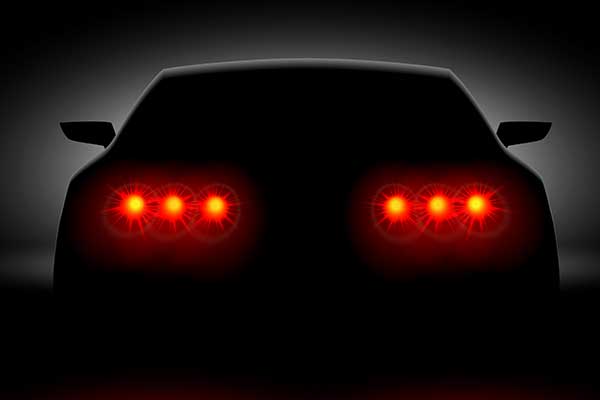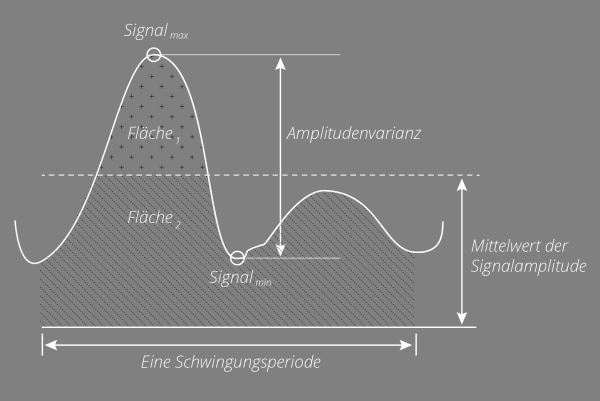
Flicker Measurements of SSL Products (lamps and luminaires)
In the past, the introduction of electronic ballasts for fluorescent lamps largely eliminated concerns over light flicker caused by lamps and luminaires themselves. However, the widespread introduction of solid-state lighting (SSL) has, once again, made light flicker a topic of particular interest. E.g. European Commission´s Ecodesign Regulations states limits for Pst and SVM. This results from the fact that the LED light follows very quickly and proportionally the current that flows through the LED.
The variation in light output over time from a light source can have both visual and non-visual detrimental effects on the observer. These effects are collectively referred to as ‘Temporal Light Artefacts’ (TLAs).
Definition of TLAs
CIE TN 006:2016 [1] identifies three types of visually perceptible TLAs:
- Flicker: perception of visual unsteadiness induced by a light stimulus the luminance or spectral distribution of which fluctuates with time, for a static observer in a static environment.
- Stroboscopic Effect: change in motion perception induced by a light stimulus the luminance or spectral distribution of which fluctuates with time, for a static observer in a non-static environment.
- Phantom Array Effect (Ghosting): change in perceived shape or spatial positions of objects, induced by a light stimulus the luminance or spectral distribution of which fluctuates with time, for a non-static observer in a static environment.
In CIE TN 012:2021 [11] guidance to this measurements is given.
Non‐visual TLAs are reported to have various physiological and psychological effects such as migraines, epileptic seizures, autistic behaviour, vertigo, etc. A comprehensive review of neurophysiological effects is presented in IEEE 1789:2015 [2].
TLAs can be caused by the internal drive electronics of LED lamps and luminaires as well as any associated control gear such as dimmer circuits. Additionally, TLAs can result from fluctuations and transients in the mains AC supply voltage. Existing building and lighting standards, such as the indoor work places standard, EN 12461-1 [3], recommend the avoidance of light flicker and stroboscopic effects. It warns that 'stroboscopic effects can lead to dangerous situations by changing the perceived motion of rotating or reciprocating machinery', but does not provide any metric or limit. The recommendations within IEEE 1789-2015 are now considered somewhat contentious (NEMA 77) [4]. The US ENERGY STAR program [5] requires testing with specified dimmer circuits and particular requirements are given within California's Title 24: 2016 [6].
Technical Article about Flicker Metrics
See Technical Article - Flicker measurement using a BTS measurement device for a comprehensive description of the various metrics specified within existing publications for the measurement of TLAs. Two simple metrics are often referenced:

- Modulation Depth (MD) or Flicker percent – ratio of the difference and sum of the maximum and minimum light levels expressed as a percentage;
- Flicker Index (FI) - ratio of the areas above and below the average light levels.
However, these metrics do not distinguish between flicker and stroboscopic effect and do not account for the effect of frequency-dependent sensitivity or the wave shape of the light output. More sophisticated metrics are increasingly preferred:
- Short-term flicker severity, Pst LM (CIE TN006:2016) [1] assessment of perceived light flicker for frequencies up to 80Hz.
- Stroboscopic Visibility Measure, SVM (CIE TN006:2016) [1] considers effects on appearance of moving and rotating objects when illuminated with light modulation up to 2kHz.
- ASSIST Flicker Perception Metric, Mp (ASSIST Vol 11, Iss 3) [8] describes an objective method to assess the visual perception of flicker observed.
The European Commission´s Ecodesign Regulation for light sources and separate control gear [10] came into force on 1st September 2021. Also known as the Single Lighting Regulation (SLR), it was revised in February 2021 to include mandatory limits of PstLM < 1.0 for flicker and SVM < 0.9 for stroboscopic effects.
Available leading Flicker Meters
All of the above metrics (MD, FI, PstLM, SVM and Mp) are measured and reported by the BTS256-EF Spectral Light and Flicker meter , the PFL-200 BNC detector based meter. To assist SSL manufacturers with EMC Directive compliance (2004/108/EC), a turnkey Flicker Test System is available incorporating an objective flicker light meter in accordance with IEC TR 61547-1:2017 [9] for testing:
- the intrinsic performance of all lighting equipment with stabilised AC mains supply voltage;
- the immunity performance of lighting equipment against fluctuations in AC mains supply voltage.
The term ‘flicker’ is also used in connection with voltage fluctuations and resulting flicker on public mains-voltage systems caused by equipment connected to the network. IEC 61000‐3‐3: 2017 is concerned with the limitation of such voltage fluctuations produced by equipment. LED lamp luminaires ≤ 600W are “deemed to comply”.
References
[3] EN 12464-1:2011 Light and lighting. Lighting of work places. Indoor work places.
[4] NEMA 77: 2017. Standard for temporal light artifacts: Test methods and guidance for acceptance criteria
[5] ENERGY STAR Method of Measurement for Light Source Flicker
[6] CEC Title 24: 2016. Reference appendices: Appendix JA10 – Test Method for Measuring Flicker of Lighting Systems and Reporting Requirements.
[9] IEC TR 61547‐1:2015. Technical Report: Equipment for general lighting purposes – EMC immunity requirements – Part 1: An objective voltage fluctuation immunity test method.